The work, bearing the artist’s stamp, measures 25 x 18 cm (10 x 7 in) exposed and 52 x 44 cm (20 x 17 in) with its refined frame.
This remarkable work is distinguished by its mastery of color and movement, capturing the elegance of the toreador’s costume of lights with a vibrant palette and touches of gold that enliven the composition.
The toreador’s rarely depicted back gives the scene an introspective dimension, evoking the tension and grace of the bullfighting ritual. The frame adds to the presence of the work: a fabric marie-louise highlights the painting, enhanced by a gilded bevel and a gilded wooden rod, offering a refined contrast that sublimates the whole.
José Luis Rey Vila (1910–1983)
José Luis Rey Vila, born in 1910 in Spain, is a Spanish painter and illustrator recognized for his expressive and committed style, marked by a strong social and cultural influence. He is especially known for his works related to bullfighting, Spanish life and the social conflicts of his time. Rey Vila began his artistic career exploring scenes of Spanish daily life, capturing with sensitivity and dynamism the world of the bullring and popular traditions. His work is deeply rooted in the imagery of bullfighting, where he succeeds in translating the tension, elegance and drama of the bullfighting ritual through a vibrant palette and dynamic compositions. Beyond his work on bullfighting, Rey Vila also distinguished himself through his political and social commitment. He created powerful works during the Spanish Civil War, documenting the upheavals and struggles of the Spanish people. His direct and emotive artistic approach earned him a reputation as an artist who was both a witness and interpreter of his time. His work is characterized by a masterful technique of watercolor and gouache, with an expressive use of color and movement. He manages to capture the essence of the human figure, whether a bullfighter in the ring or a scene from everyday life, with great sensitivity and careful attention to detail. José Luis Rey Vila died in 1983, leaving behind a rich and committed body of work, which continues to attract collectors and art lovers for its ability to combine tradition and modernity, emotion and technical mastery.








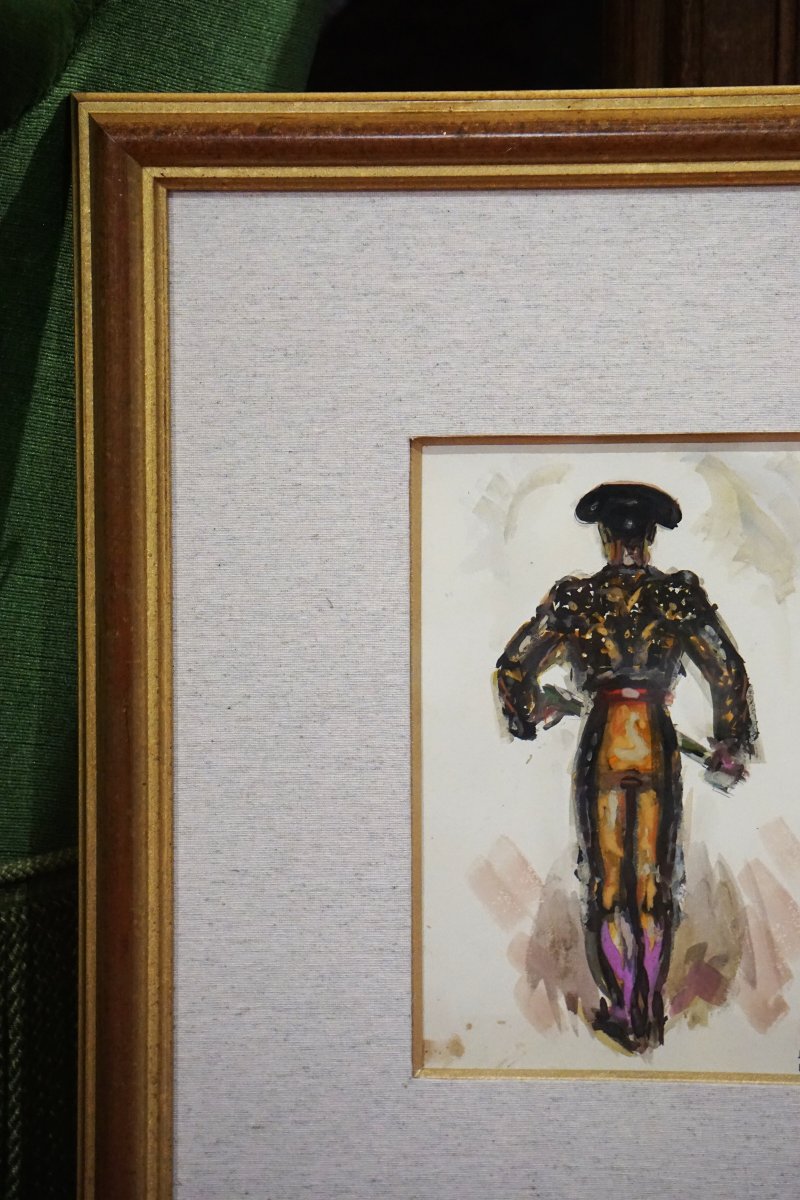











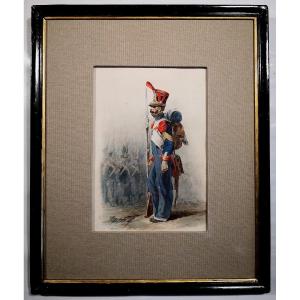
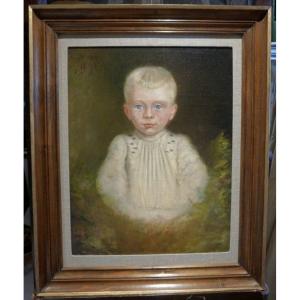
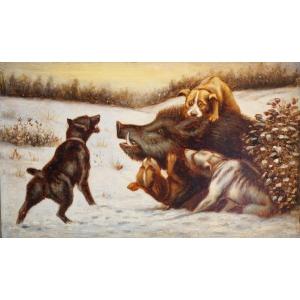
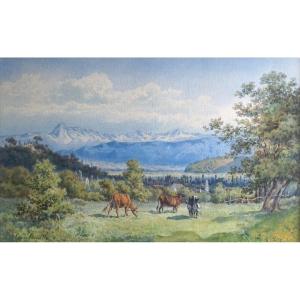






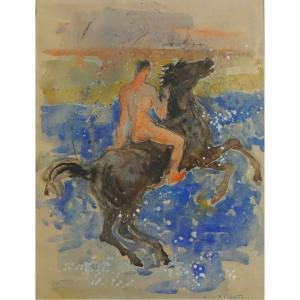


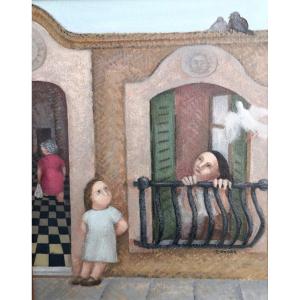








 Le Magazine de PROANTIC
Le Magazine de PROANTIC TRÉSORS Magazine
TRÉSORS Magazine Rivista Artiquariato
Rivista Artiquariato